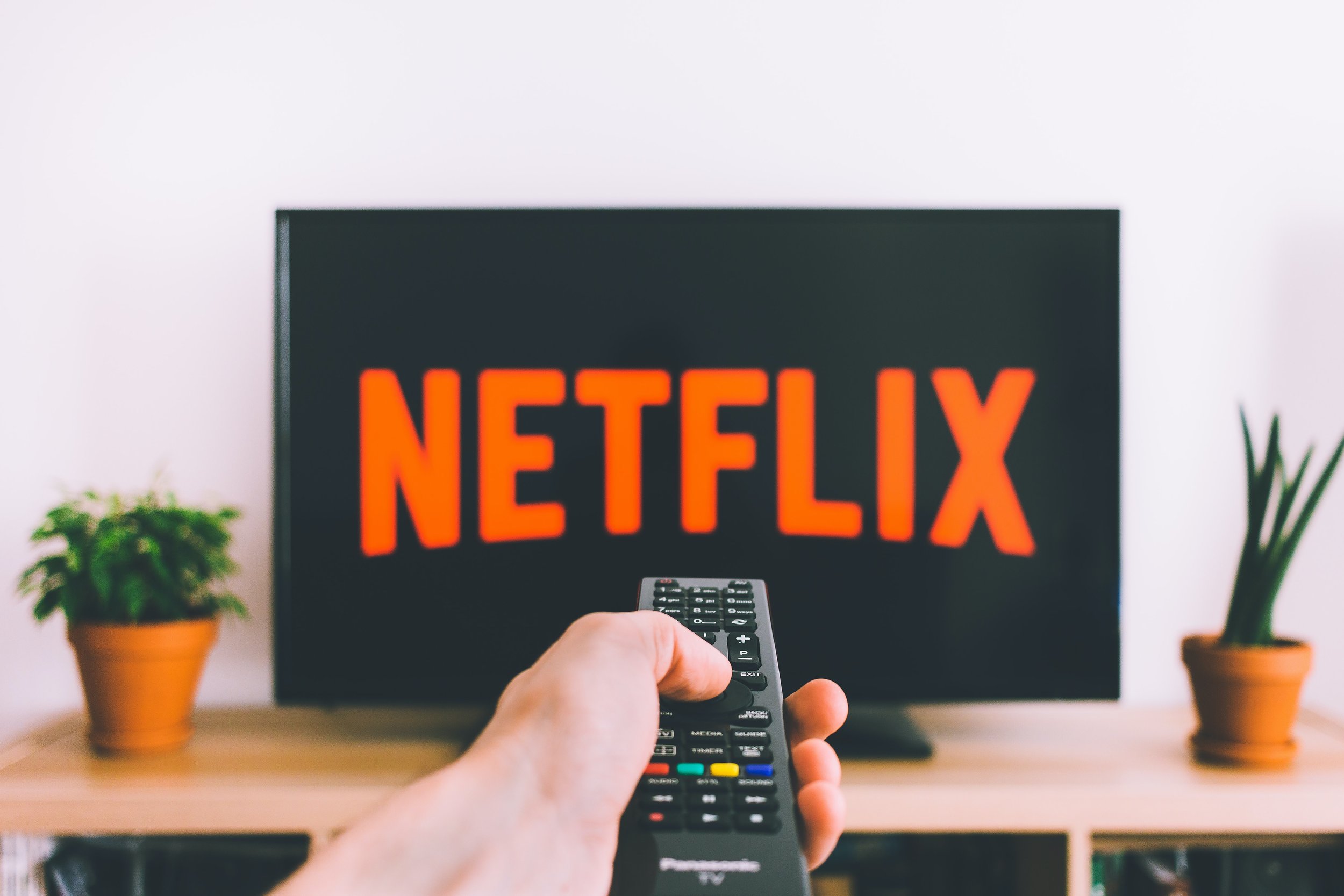The Impact of Streaming Platforms: A Comprehensive Guide
Explore the extensive impact of streaming platforms with our comprehensive guide. Discover valuable insights on the streaming industry.

The Transformative Influence of Streaming Platforms on the Film Industry
The advent of streaming platforms has ushered in a new era in the entertainment industry, fundamentally altering the landscape of film distribution, production, and consumption. With the rise of giants like Netflix, Amazon Prime Video, Disney+, and Hulu, viewers now have unparalleled access to an extensive library of movies, TV series, and original content at their fingertips. This transformation has not only changed how we watch movies but has also had a profound impact on the traditional film industry. In this article, we will delve into the multifaceted effects of streaming platforms on the movie industry, exploring how they have disrupted established norms and reshaped the future of cinema.
Disruption of Traditional Distribution Models
The Decline of Theatrical Releases
One of the most noticeable impacts of streaming platforms on the film industry is the decline of traditional theatrical releases. In the pre-streaming era, the theater served as the primary avenue for film distribution, and box office earnings were a crucial indicator of a movie's success. However, with streaming services offering a vast array of content directly to consumers' homes, the allure of the cinema experience has diminished for many.
- Box Office Competition: Streaming platforms have intensified competition for the box office, as consumers are presented with alternative options for entertainment flim makers it harder for traditional studios to generate substantial revenue from theatrical releases.
- Shift in Consumer Behavior: Changing consumer behavior, driven by the convenience of streaming, has led to a decrease in theater attendance. Viewers increasingly prefer to watch movies from the comfort of their homes, impacting the revenue generated by cinemas.
Rise of Day-and-Date Releases
To adapt to the changing landscape, some studios and streaming platforms have embraced the strategy of day-and-date releases. This approach involves simultaneously releasing a movie in theaters and on the streaming platform, allowing viewers to choose how they want to experience the film.
- Maximizing Reach: Day-and-date releases aim to maximize a film's reach by catering to both theatergoers and streaming audiences. This strategy acknowledges the importance of flexibility in the modern movie-watching experience.
- Changing Revenue Models: This approach challenges traditional revenue models, as studios must navigate the delicate balance between box office earnings and streaming subscriptions. It also prompts discussions on revenue sharing and the allocation of profits.
Transformation of Content Production
Proliferation of Original Content
Streaming platforms have invested heavily in producing original content, from movies to TV series and documentaries. This proliferation of original programming has not only provided viewers with a diverse array of options but has also transformed the dynamics of content creation.
- Creative Freedom: Streaming platforms often offer filmmakers and creators greater creative freedom, allowing them to explore innovative storytelling techniques and tackle diverse subject matter.
- A Platform for Diversity: Streaming platforms have been instrumental in promoting diversity in the film industry, enabling underrepresented voices to tell their stories and reach a global audience.
Impact on Traditional Studios
The rise of streaming platforms has disrupted the hegemony of traditional studios, challenging their dominance in the industry. In response, studios have adapted by forming partnerships and collaborations with streaming giants.
- Mergers and Acquisitions: Many traditional studios have entered into mergers and acquisitions to stay competitive in the streaming era. Examples include Disney's acquisition of 21st Century Fox and WarnerMedia's partnership with Discovery.
- Hybrid Production Models: Some studios have adopted hybrid production models, releasing movies both in theaters and on streaming platforms. This approach allows them to leverage the reach of streaming while maintaining a presence in traditional markets.
Changing Consumer Expectations and Behavior
On-Demand Viewing
Streaming platforms have fostered a culture of on-demand viewing, where viewers have the freedom to choose when and where they watch content. This has led to a shift in consumer expectations, with instant access becoming the norm.
- Binge-Watching Phenomenon: The availability of entire seasons of TV shows and film franchises at once has given rise to binge-watching, where viewers consume content in marathon sessions.
- Personalized Recommendations: Streaming platforms employ sophisticated algorithms to recommend content tailored to individual preferences, enhancing the overall viewing experience.
Impact on Film Length and Format
The format and length of films have also been influenced by streaming platforms. Traditional constraints of theatrical distribution, such as runtime limitations, are less relevant in the streaming context.
- Extended Runtimes: Streaming platforms have enabled the release of longer films, allowing directors to explore intricate narratives and character development without concern for theatrical constraints.
- Mini-Series and Anthologies: The popularity of streaming has given rise to mini-series and anthology formats, providing filmmakers with new avenues to tell stories that may not fit the traditional feature film structure.
Challenges and Concerns
Monetization and Profitability
While streaming platforms offer opportunities for creative expression, concerns persist regarding monetization and profitability, both for filmmakers and the platforms themselves.
- Revenue Allocation: The allocation of revenue between streaming platforms and content creators remains a point of contention, as platforms often retain a significant portion of subscription fees.
- The Challenge of Discovery: With an abundance of content available, new challenges have arisen in getting content discovered by audiences. Smaller independent films may struggle to gain visibility amid the vast library of content.
Impact on Film Culture
The changing landscape of film consumption has raised questions about the future of film culture, including the communal experience of watching movies in theaters.
- Loss of the Cinematic Experience: The decline of theaters and the emphasis on individualized viewing experiences have led to concerns about the erosion of the communal and immersive nature of cinema.
- Balancing Art and Commerce: The tension between artistic expression and commercial viability persists as streaming platforms strive to cater to diverse audiences while maintaining profitability.
Streaming platforms have undeniably disrupted the movie industry, reshaping how films are distributed, produced, and consumed. The decline of traditional theatrical releases, the rise of day-and-date releases, the proliferation of original content, and the changing expectations of viewers have all left an indelible mark on the industry. While these changes have brought both opportunities and challenges, it is clear that streaming platforms are here to stay, and the film industry must continue to adapt and innovate to thrive in this new era of entertainment.
What's Your Reaction?
















